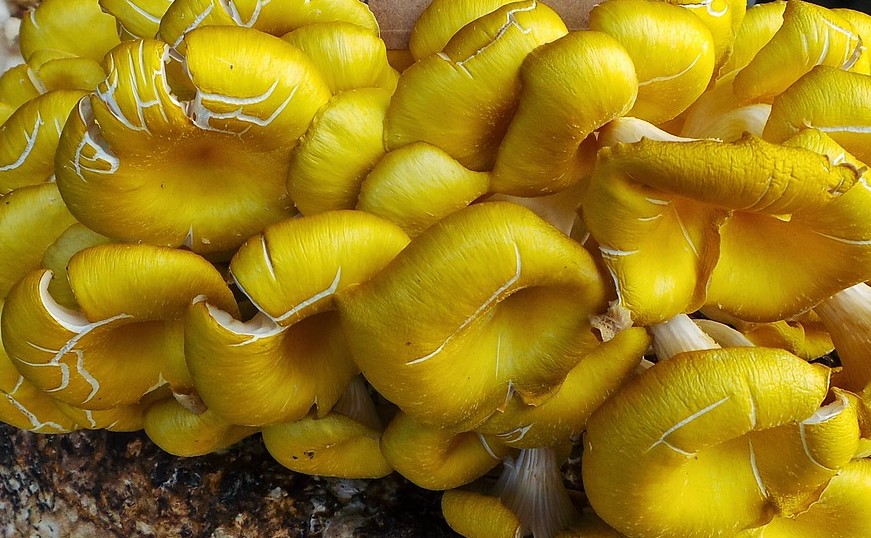Mushrooms offer us a wide range of uses. Since ancient times, mushrooms have been part of the human diet. Many cultures use them as a cure for various ailments and for strengthening immunity. Even recently, the Food and Drug Administration (FDA) has accepted psychogenic fungi with the active substance psylocibine as a remedy for depression and anxiety. Scientists in the Amazon have discovered a fungus that consumes plastics and forms edible biomass. The non-profit group Ocean Blue Project was convinced that fungi could be used to purify water courses from pesticides.
In 2014, as the first, the organization chose Sequoia Creek, a tributary of the Willamette River in Oregon.
Effective Filter
In the project, the oyster mushrooms were used to make a filter, which was built from a bag of recycled burlap filled with straw, a yellow oyster mushroom spawn and used coffee grounds.

Richard Arterbury, president of Ocean Blue, said it was an effective way to clean watercourses at low cost. He believes they can clean the entire Willamette River with enough quantity of the bag filters.
The Roots Are the Secret to Success
Success lies in the fungi root system. Paul Stamets, a fungus expert, spoke at the National Pesticides Forum of Beyond Pesticides that mycelium has the ability to break down pesticides and toxic oil. It can also catch and consume harmful bacteria, such as E. Coli. Mycelium can act as a natural pesticide to protect against pests. Stamets called this ability as “mycorestoration”.
According to Discover Magazine, he also said that oyster mushrooms can digest complex hydrocarbons from wood. And they even break down oil by-products.
Water Flows
Watercourses are polluted by many sources, such as industry, agriculture, biological pathogens, which are discharged from wastewater. Harmful substances and toxins reach the oceans and damage marine life. The world’s largest rivers are even in worse condition than the Oregon’s rivers. Polluted watercourses affect the entire food chain, including humans. What we throw into the waste will return to our plate.

What Is Bioremediation?
The organism’s ability to convert pollutants and toxic substances into environmentally friendly products in an efficient and environmentally friendly way is called bioremediation. Mushrooms can clean water of textile dyes, oil, cosmetics or pharmaceutical residues. Bioremediation of toxic organic substances by fungi (‘mycorestoration’) is the most sustainable and greenest way to clean contaminated sites.
Ocean Blue Project also focuses on cleaning beaches and the seas.
Source and credit: https://truththeory.com/2019/10/02/it-turns-out-a-dutch-boy-who-predicted-he-could-get-the-ocean-to-clean-itself-was-right/, pixabay.com















